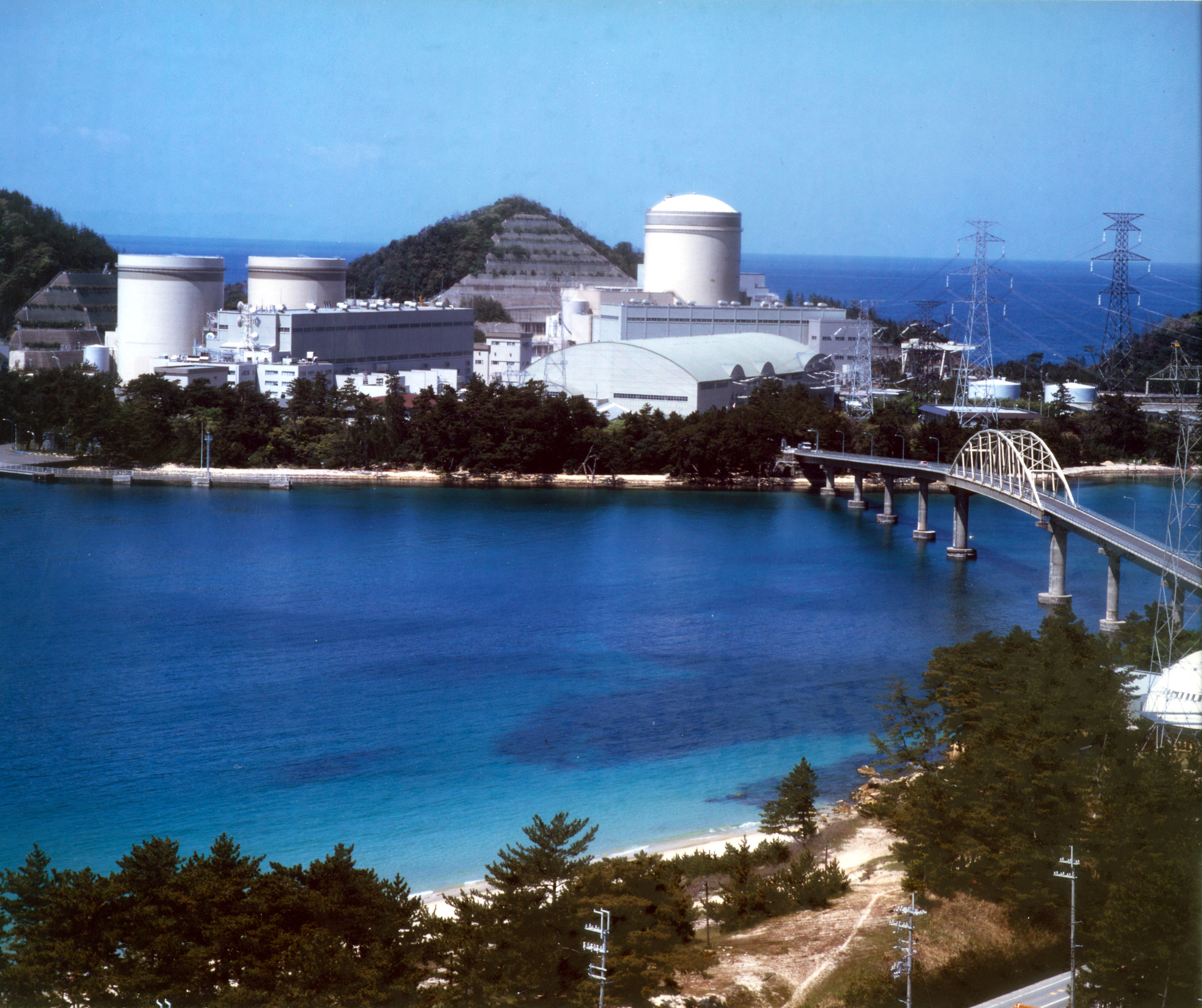It’s a Tale of Two Regions when it comes to nuclear power in Japan. In the West, the atom continues to generate electricity at close to pre-Fukushima levels. In the East, there’s the Big Nuclear Freeze.
Although the nuclear units across Japan vary by age, reactor technology, operator, and even years spent in the crosshairs of the industry regulator, nothing divides the ones online from those gathering dust as much as geography. The nearest operating nuclear plant to Tokyo is 330 kilometers (204 miles) away.
Last month, Prime Minister Kishida vowed to support the restart as many as 17 reactors by next summer. That’s more than half of the operable units at the country’s disposal. But as things stand, there won’t be a restart of a nuclear generator east of the Kansai border for at least another 16 months.
This matters because the restart of more nuclear facilities is one of the government’s core routes to easing Japan’s power shortages. Yet with the volume of electricity able to move between East and West Japan very small, nuclear energy’s impact on power supply and prices for the Tokyo, Chubu Tohoku and Hokkaido regions may be severely limited.

